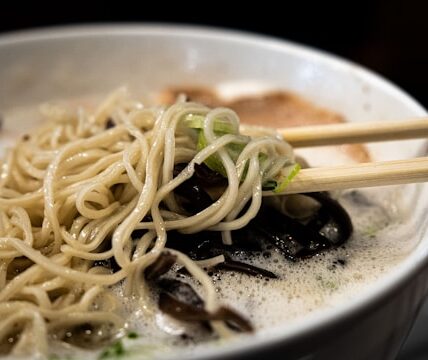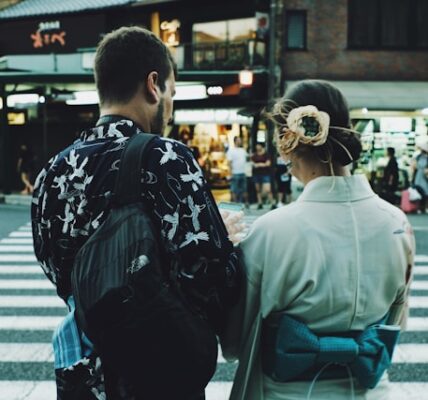
Introduction – Onsen etiquette in Japan
There’s something magical about Japan onsen—the warm steam rising against mountain backdrops, the soothing silence, the feeling of stepping into centuries of tradition. But for first-timers, that magic can turn into panic real fast. I should know. On my very first visit, I almost walked into the women’s side. Naked.
Welcome to Japan.
My First Cultural Misstep
It was my second week in Japan. A friend recommended a local onsen in the countryside—“Not touristy at all!” they said. That should’ve been a red flag.
I arrived, paid the entrance fee, and was handed a tiny towel (more on that later). Then I faced two curtains: one red, one blue, each marked with kanji. Of course, I didn’t know what they meant.
I thought, “Red for passion, blue for calm—maybe red is for men?”
Wrong. Red is traditionally used for women, blue for men.
Seconds before I walked through the wrong curtain in my birthday suit, a kind old lady stopped me. She pointed at the blue side, smiling politely, clearly used to clueless foreigners like me.
What I Learned About Onsen Etiquette
This wasn’t just a language fail—it was a cultural one. Japanese onsens have unspoken rules that aren’t always obvious unless someone tells you:
No swimsuits allowed. Yes, you’re supposed to be fully naked. It’s part of the culture of openness and cleansing.
Wash thoroughly before entering. Most onsens have shower stations. Soap up, rinse off, then enter the hot bath.
Tiny towel stays out. You’ll get a small towel to carry, but don’t dip it in the onsen. Leave it on your head or the side of the bath.
Tattoos can be tricky. Some onsens still associate tattoos with organized crime. Look for tattoo-friendly spots, or use a patch cover if needed.
Why This Matters in Japanese Culture
Onsens aren’t just about bathing—they’re about harmony, cleanliness, and quiet connection with others. These shared spaces reflect deeper values in Japanese society: respect for others, following unspoken rules, and embracing tradition.
My near-miss with the women’s bath wasn’t just funny—it was a wake-up call. Learning the local customs isn’t just polite. It shows you care enough to understand a culture from the inside out.
Want to understand more about everyday life in Japan? Check out:
Japan Culture 101: 5 Everyday Customs Every Visitor Should Know
Final Thoughts on Onsen in Japan
Since that first awkward experience, I’ve visited dozens of onsens across Japan—mountain ones, seaside ones, even a sake-infused bath (highly recommend). But I’ll never forget how close I was to committing the ultimate onsen fail.
So here’s a tip:
When in doubt, look for this kanji:
男 = Men (blue curtain)
女 = Women (red curtain)
Or better yet, memorize them before you go. Your dignity will thank you.





